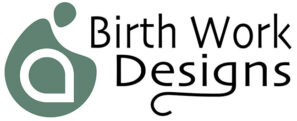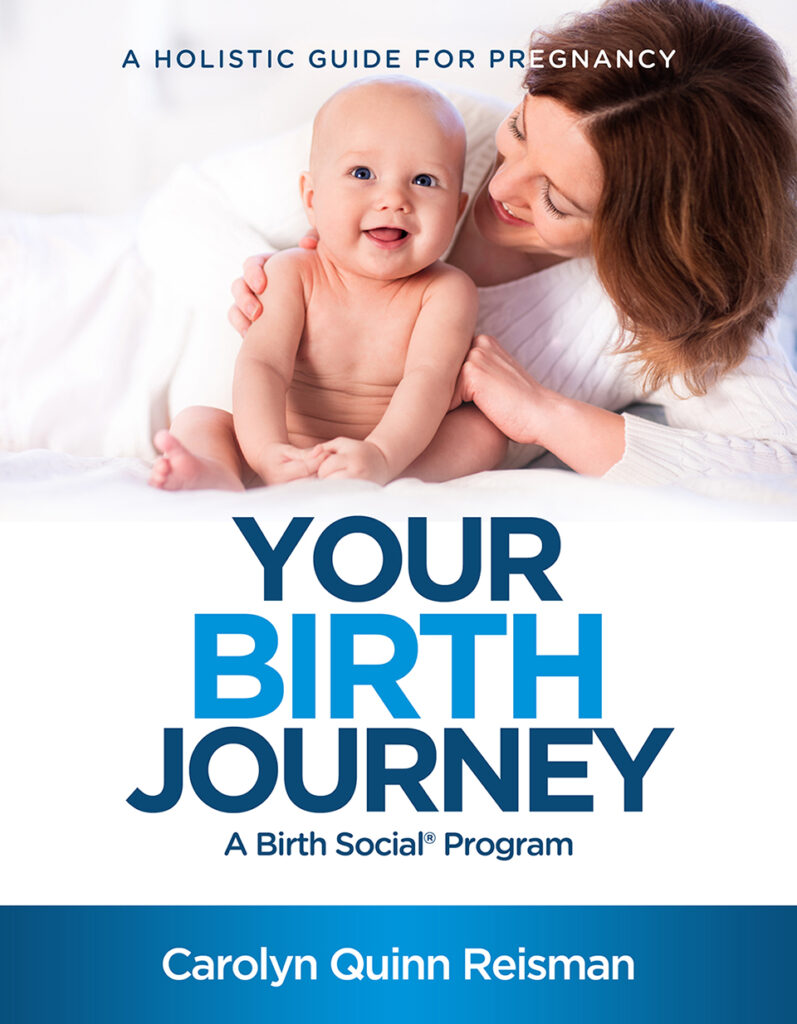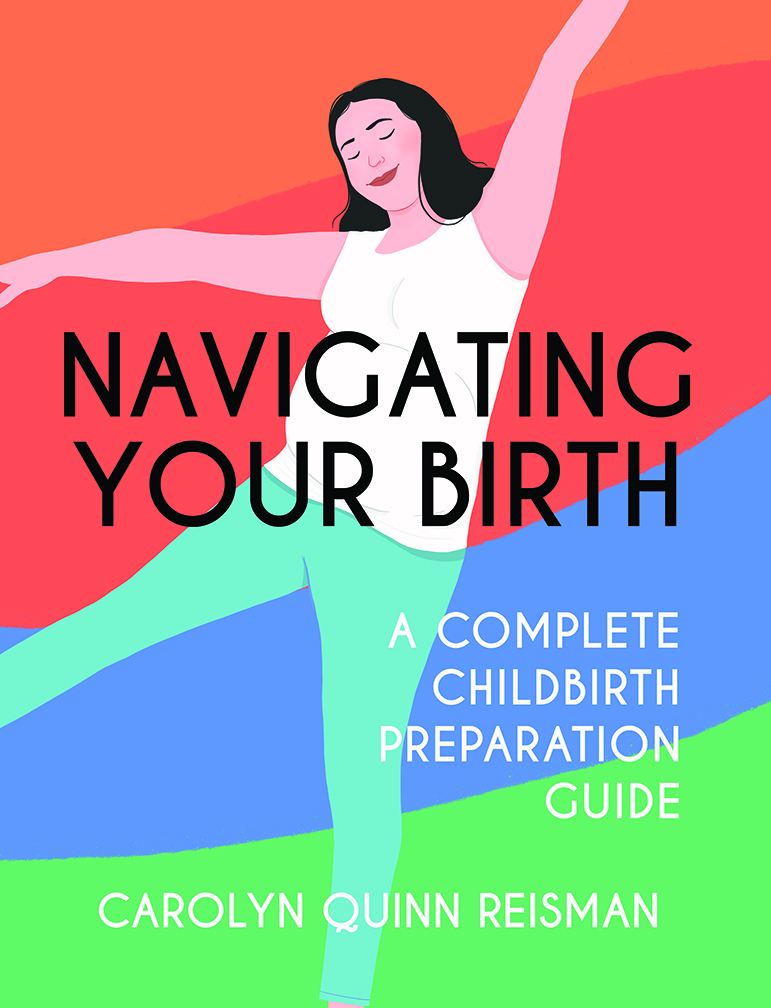What is Preeclampsia?
Preeclampsia is a pregnancy specific condition marked by high blood pressure and protein in the urine, often presenting during the third trimester. It can progress rapidly to serious – even fatal – complications for both mom and baby. The most effective treatment is the birth of your child. If you have done research on preeclampsia, I am sure you will agree that it is a diagnosis no woman wants to get.
Complications of Preeclampsia May Include
- Preterm Birth
- Fetal growth restriction
- Placental abruption
- HELLP Syndrome
- Eclampsia
- Organ Damage
- Cardiovascular Disease
Who is at Risk for Getting Preeclampsia?
There are several risk factors for developing preeclampsia that you should be aware of.
- First pregnancy. If this is your first baby, your risk of getting preeclampsia will be higher. It is important that you get nutritional counseling early on in your pregnancy.
- History of preeclampsia. Having had preeclampsia in a previous pregnancy significantly raises your risk, as is having a family history of preeclampsia.
- Chronic hypertension. If you already have chronic hypertension, you should be under the care of a physician who can monitor your blood pressure. You have a high risk of risk of developing preeclampsia.
- Race. Black women are at increased risk of developing preeclampsia.
- Obesity. If you are obese, it is especially important to make healthy diet and lifestyle changes, as you have a higher risk of developing preeclampsia.
- Twin pregnancy. Most mothers will be under the care of a physician when carrying twins, but some midwives do care for this population of women. Carrying multiple babies increases your risk preeclampsia.
Strategies for Reducing the Risk of Preeclampsia
Although research has no clear answers to the origins of preeclampsia, there is evidence that lifestyle choices and nutrition can help.
There is no doubt that diet contributes to a healthy pregnancy, and midwives are known for encouraging mothers to eat well. Best practice indicates this is the right direction. One of the many reasons for selecting healthy food during pregnancy is to help reduce the risk of preeclampsia and other potential complications during pregnancy. You can follow these research-backed strategies to assist your body’s health during pregnancy.
Carbohydrate Intake
Watch your carbs! Research has shown that excessive carbs, especially refined carbohydrates, and sugars, is the primary driver of increased blood pressure. Be proactive about your food choices and select healthy carbs, including plenty of fruits and vegetables, whole grains, and healthy proteins and fats. Limit or cut out refined carbohydrates, such as white flour products, fried food, junk food, sugar, sweet drinks, and sodas.
Salt Intake (sodium)
Although salt has a bad rap, you need salt during pregnancy. The problem with sodium occurs when we go overboard with processed food. Think – frozen meals, packaged foods, canned foods, snack foods such as chips and cookies, and soft drinks. On the positive side, salt is among the many minerals that contribute to electrolyte balance, and your increasing blood volume during pregnancy, especially, needs sodium to keep things in check. Include sodium sources that occur naturally in foods, such as beets, carrots, celery, spinach, chard, and meat. Salt to taste. So, how much salt? Current guidelines recommend a teaspoon a day, or less than 2,300 milligrams (mg) of sodium.
Supplements
- Calcium, with the assistance of vitamin D and vitamin K, has been shown to help reduce preeclampsia. Be sure to take all three, as vitamin K, along with vitamin D, help maintain proper calcium levels.
- Magnesium supplementation has been shown to have many benefits in pregnancy, including a lower rate of preterm birth, a lower rate of intrauterine growth retardation (IUGR), a decreased rate of preeclampsia, as well as other positive outcomes.
Protein
Protein intake is especially important when it comes to maintaining normal blood pressure and a healthy pregnancy. Many experts agree that 75-100 grams of protein per day is sufficient to meet your needs.
Calories and Protein
When adding adequate protein to your diet, you must also add the additional calories you need. If you are on a high protein, low-calorie/carb diet, much of the protein you eat will get burned for calories. Your calorie intake should increase from about 2,300 calories in the second trimester to about 2,600 calories by the third trimester. By the second trimester, it is vital you eat adequate protein, calories, and salt. When you do this, you are supporting your growing blood volume.
No Magic Bullet
Keep in mind, there is no magic bullet for the prevention of preeclampsia, but common sense tells us to reach a healthy lifestyle goal at any time during our lives. Pregnancy is one good reason to make significant changes in your diet – starting now.
Does eating a completely healthy diet mean you won’t get preeclampsia? No. Because there is more than one cause of high blood pressure.
Cochrane, Calcium supplementation during pregnancy for preventing hypertensive disorders and related problems. October 2018.
Midwifery Today, Issue 67. Preventing Complications With Nutrition. Autumn 2003.
National Institute of Arthritis and Musculoskeletal and Skin Diseases, Calcium and Vitamin D: Important at Every Age. May 2021.
National Institute of Health, The National Library of Medicine, Calcium and Vitamin D Supplementation for Prevention of Preeclampsia: A Systematic Review and Network Meta-Analysis. October 2017.
National Institute of Health, The National Library of Medicine, The Effects of Vitamin D Supplement on Prevention of Recurrence of Preeclampsia in Pregnant Women with a History of Preeclampsia. August 2017.
National Institute of Health, The National Library of Medicine, Magnesium supplementation to prevent high blood pressure in pregnancy: a randomised placebo control trial. December 2013.
National Institute of Health, The National Library of Medicine. The Synergistic Interplay between Vitamins D and K for Bone and Cardiovascular Health: A Narrative Review. September 2017.
National Institute of Health, Who is at Risk for Preeclampsia? January 2017.














